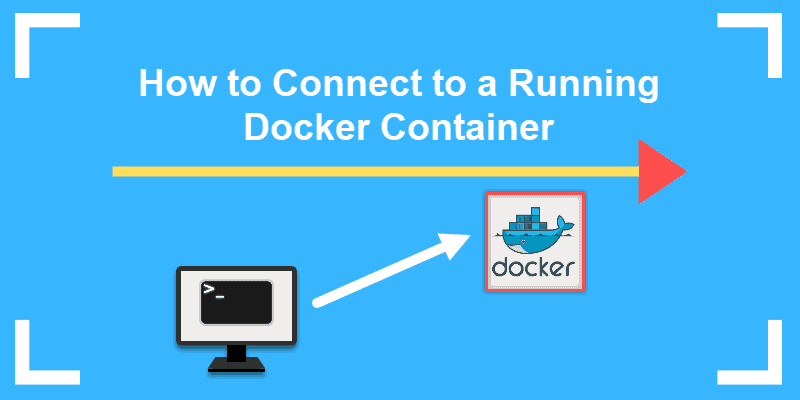

As if that wasn't enough, starting with docker version 18.09, you can even use SSH for the communication protocol. The daemon can indeed listen at not only the UNIX socket but also a TCP port. How does this interest you? Since the communication protocol used between the docker client and server is plain HTTP, you should be able to send requests to the server remotely, if you can make the daemon listen for HTTP requests at a port instead of a local UNIX socket.Īs it turns out, you can totally do that. The client asks the daemon to do something, or retrieve information, and the daemon does just that. The client and the daemon communicate via the docker API over a traditional Unix socket that you can find at /run/docker.sock or /var/run/docker.sock. The docker command is nothing but the client application. The main component that handles all your containers, volumes, networks, etc is the docker daemon that runs in the background. What is Docker remote access?īefore you dive into the setup, let me recall how docker works.ĭocker works in something called a client-server architecture. With docker remote access, whenever you run a docker command on your local host, the effects take place on the remote server. This tutorial takes the same concept to another level by enabling remote access to Docker.
SET DOCKER IP HOW TO
Once the pihole/pihole image is downloaded on your machine, the command automatically continues and follows the parameters you set in the command.I have written in detail about how to SSH into a docker container.

Tells the docker run command to use the official pihole/pihole base image from Docker hub.īelow, you can see the command pulls the pihole/pihole base image from Docker Hub. Sets a restart policy so the Docker container always restarts unless it is manually stopped by the user. Maps the ports of host machine to the ports of the Docker container (port 81 in host machine maps to port 80 of Docker container) Mounts the volume dns_config and use subdirectory /etc/dnsmasq.d for storing DNS configurations as required. Mounts the volume pihole_app and use subdirectory /etc/pihole for storing the Pi-hole files You will use this again later for making Pi-hole work. Set your IP address for the Docker container.
SET DOCKER IP PASSWORD
Sets a password for the Pi-hole interface. Asia/Manila was used for this tutorial, but you can input anything that has the same format listed in on a GitHub gist. There will be an error if a container with the same name already exists on your machineĮnvironment variable for time zone. You can also change the names according to your preference.ĭocker run -name=pihole -e TZ=Asia/Manila -e WEBPASSWORD=password -e SERVERIP=YourIPAddressHere -v pihole_app:/etc/pihole -v dns_config:/etc/dnsmasq.d -p 81:80 -p 53:53/tcp -p 53:53/udp -restart=unless-stopped pihole/pihole Pi-hole Docker Command Flags Command Flags Open PowerShell as administrator, then run the below commands for Docker to create two volumes ( volume create) named pihole_app and dns_config.
SET DOCKER IP WINDOWS
Related: How to Create (and Manage) Docker Volumes on Windows When setting up Pi-hole in Docker container, you’ll first need to create a Docker volume to store the Pi-hole application and DNS configuration.
SET DOCKER IP WINDOWS 10


 0 kommentar(er)
0 kommentar(er)
